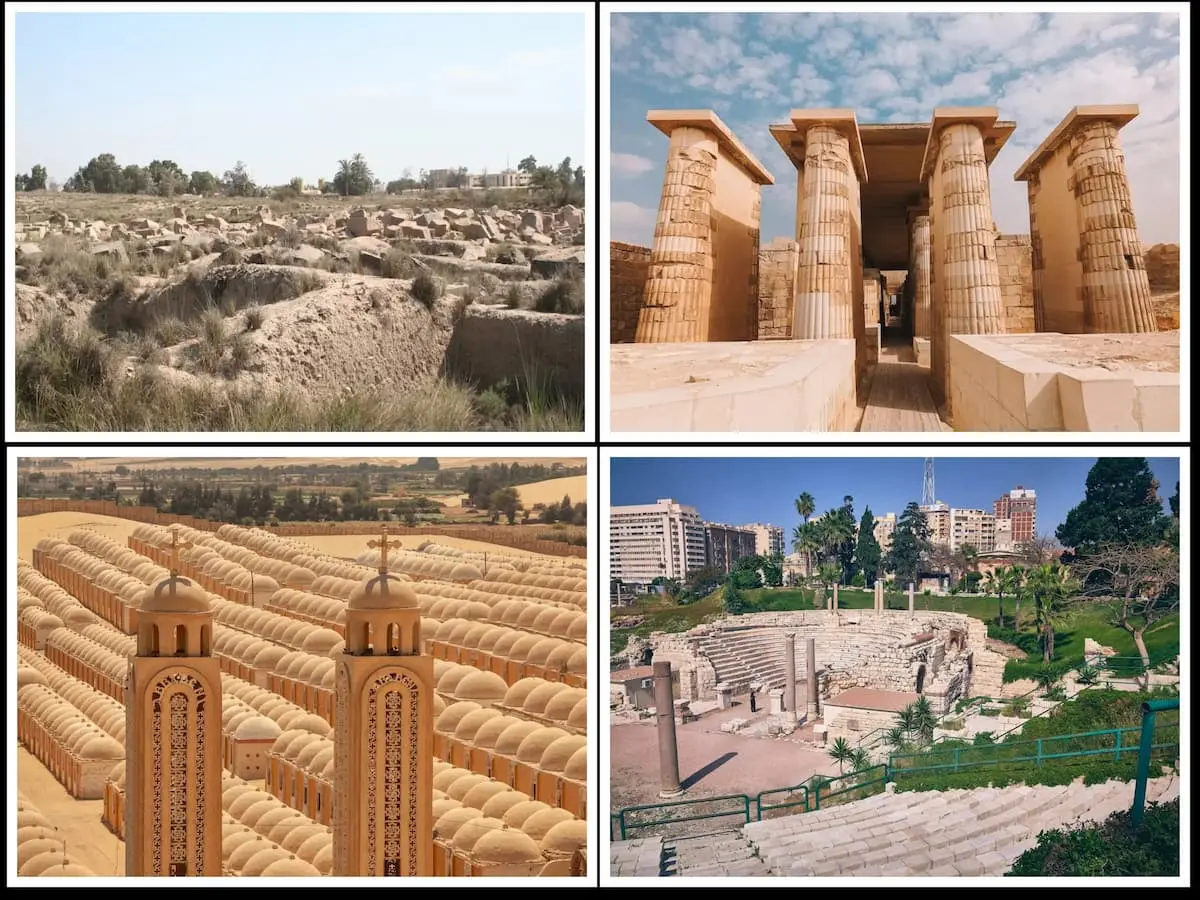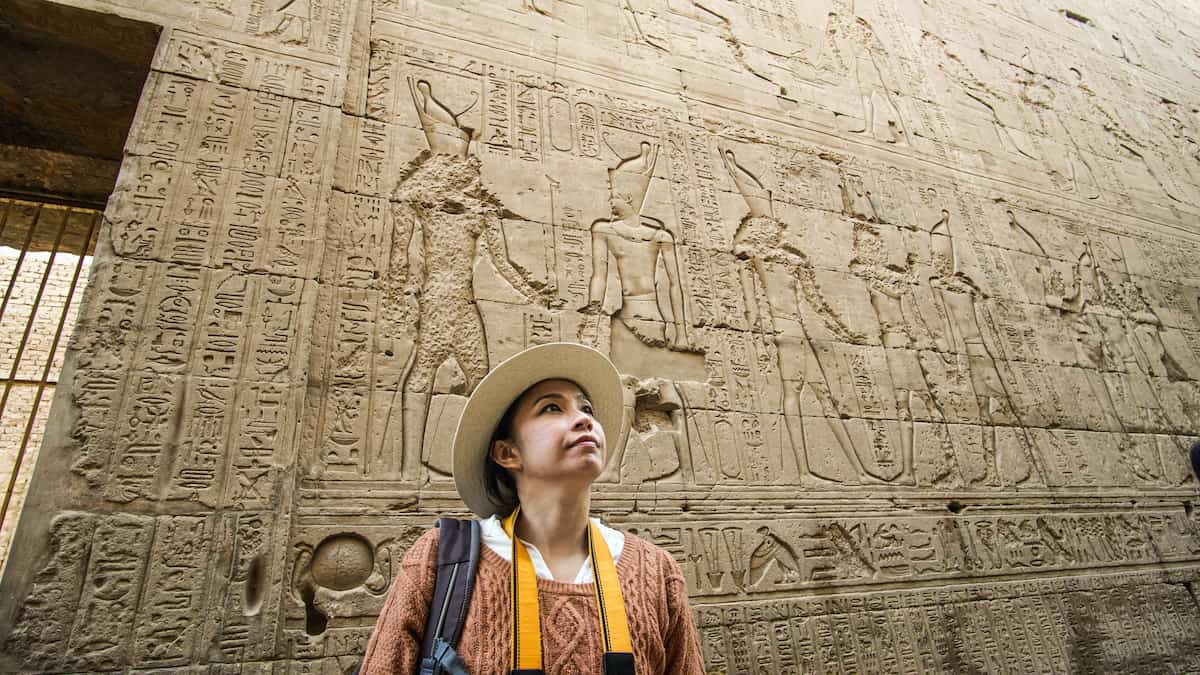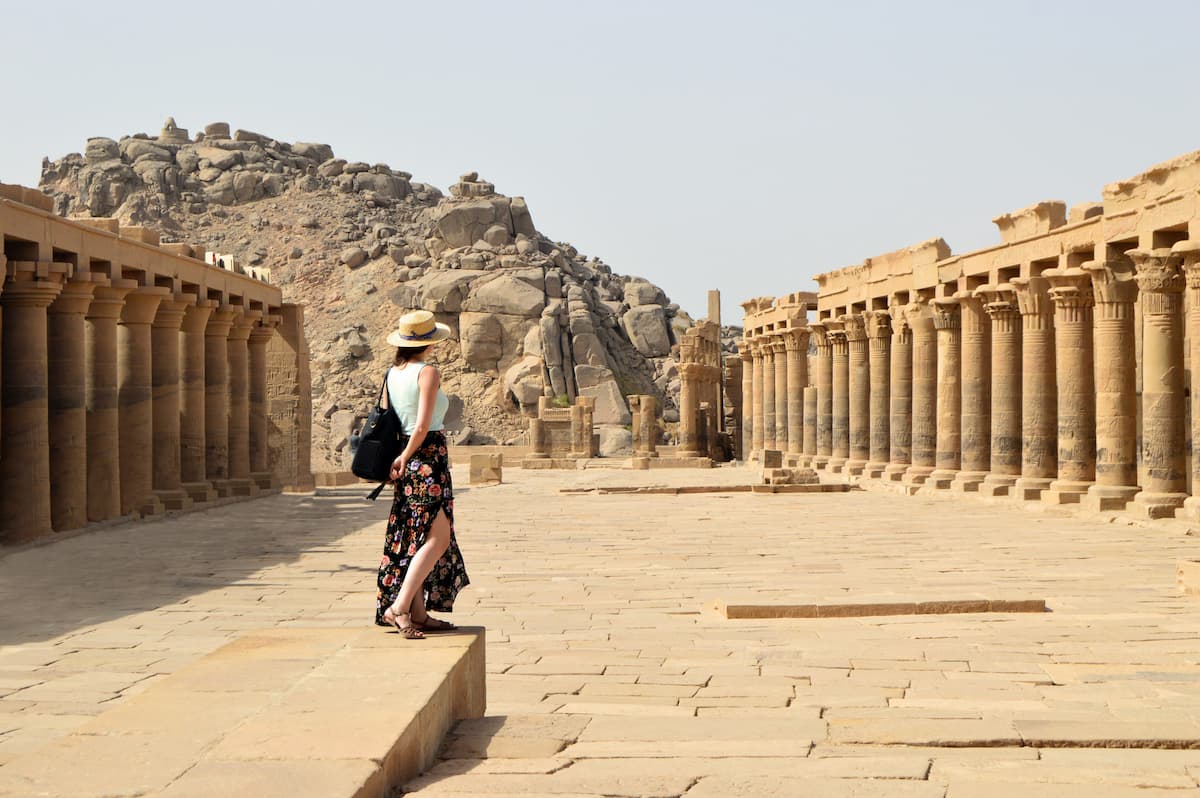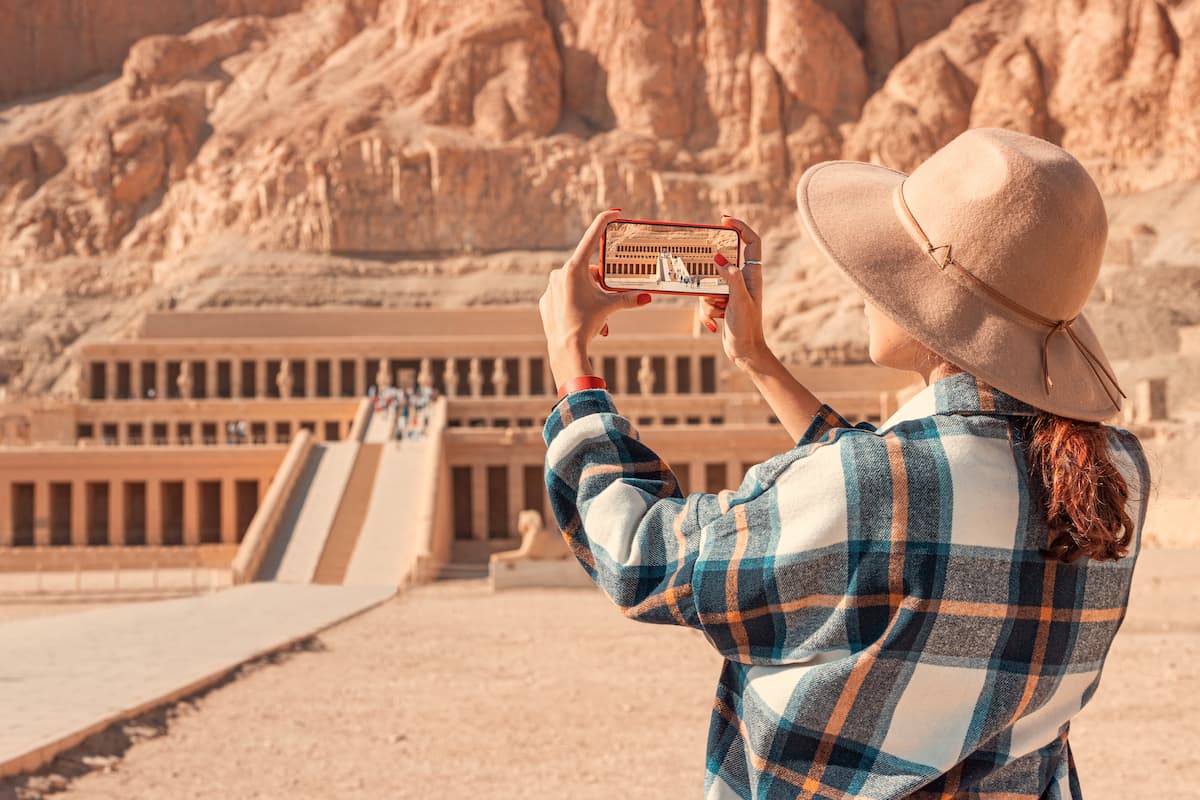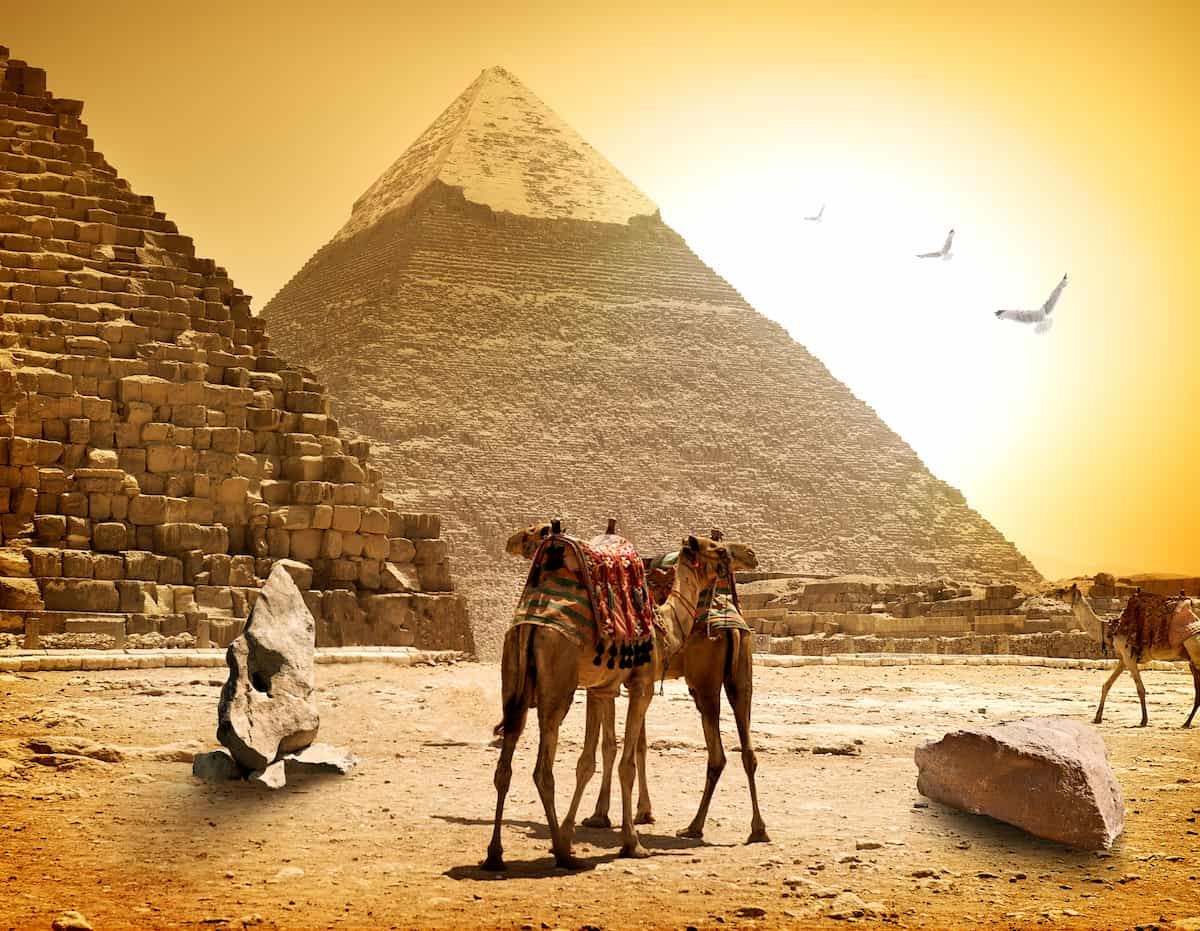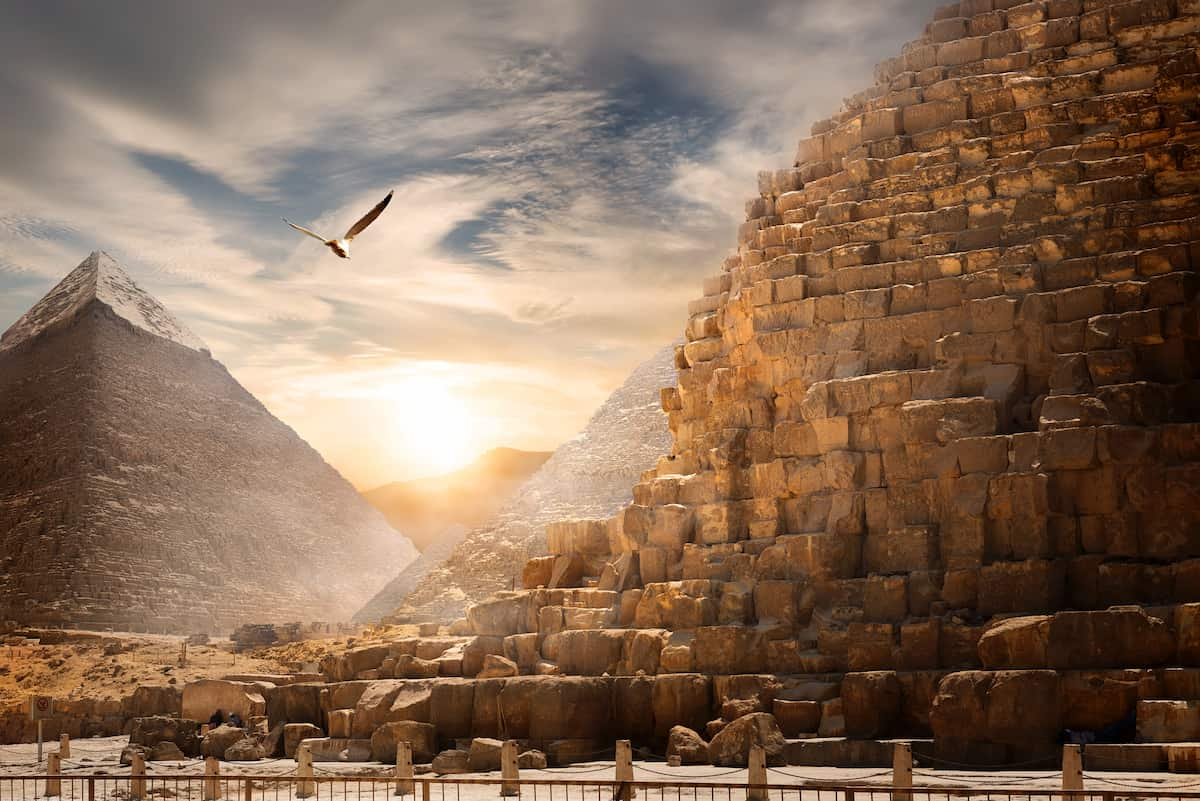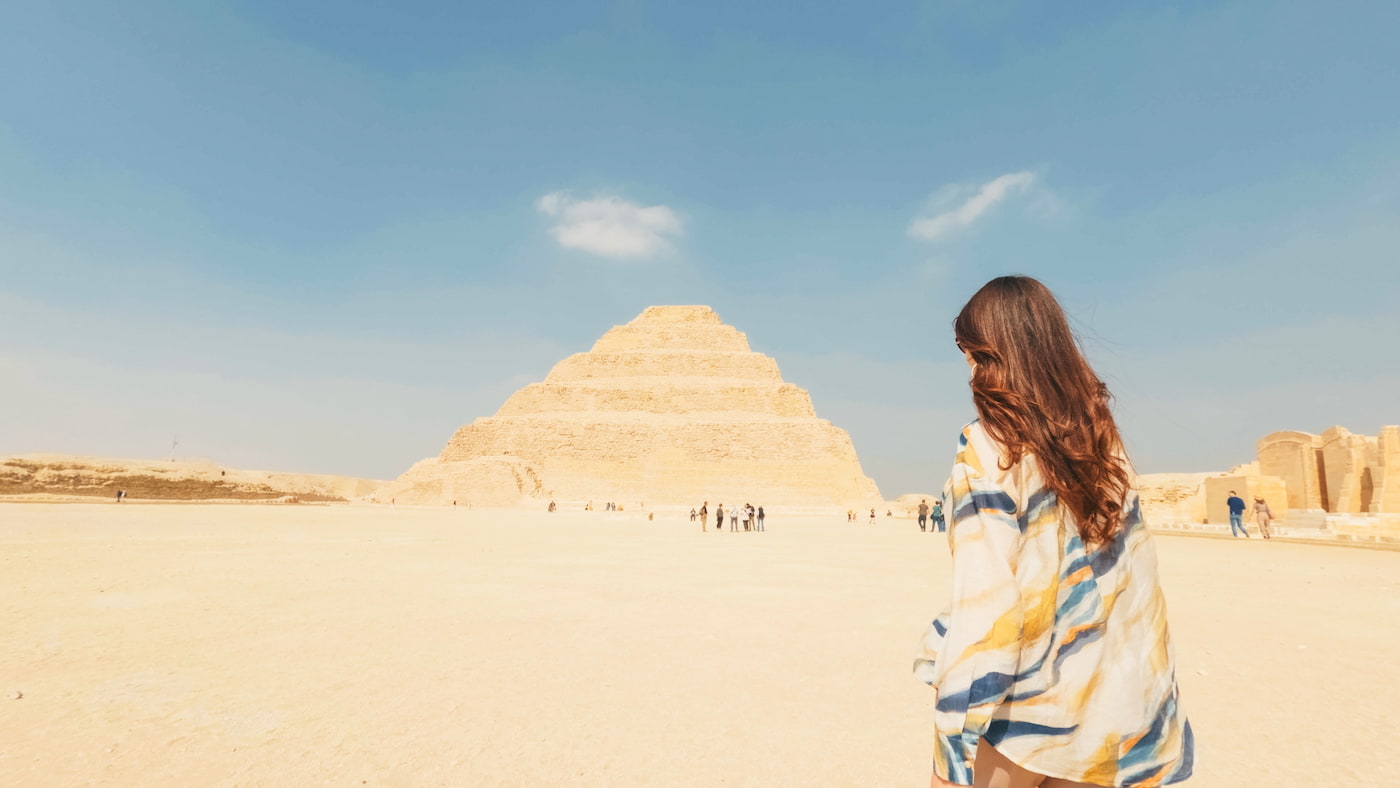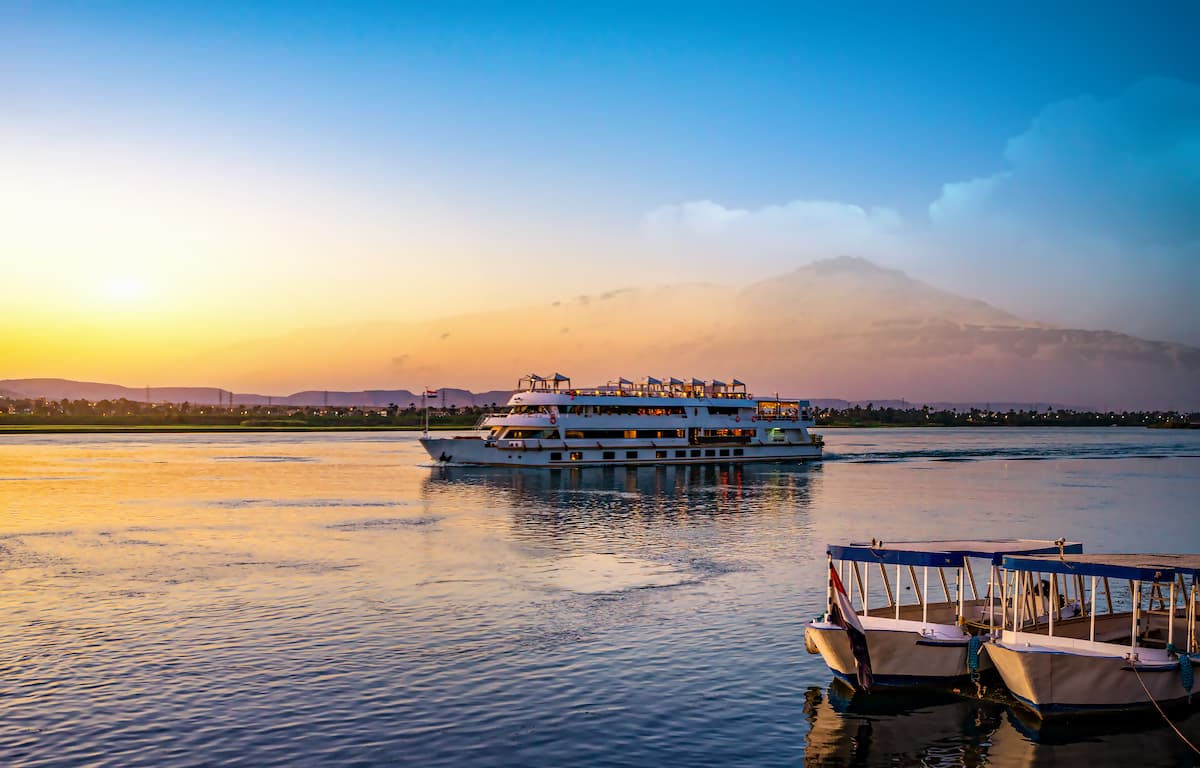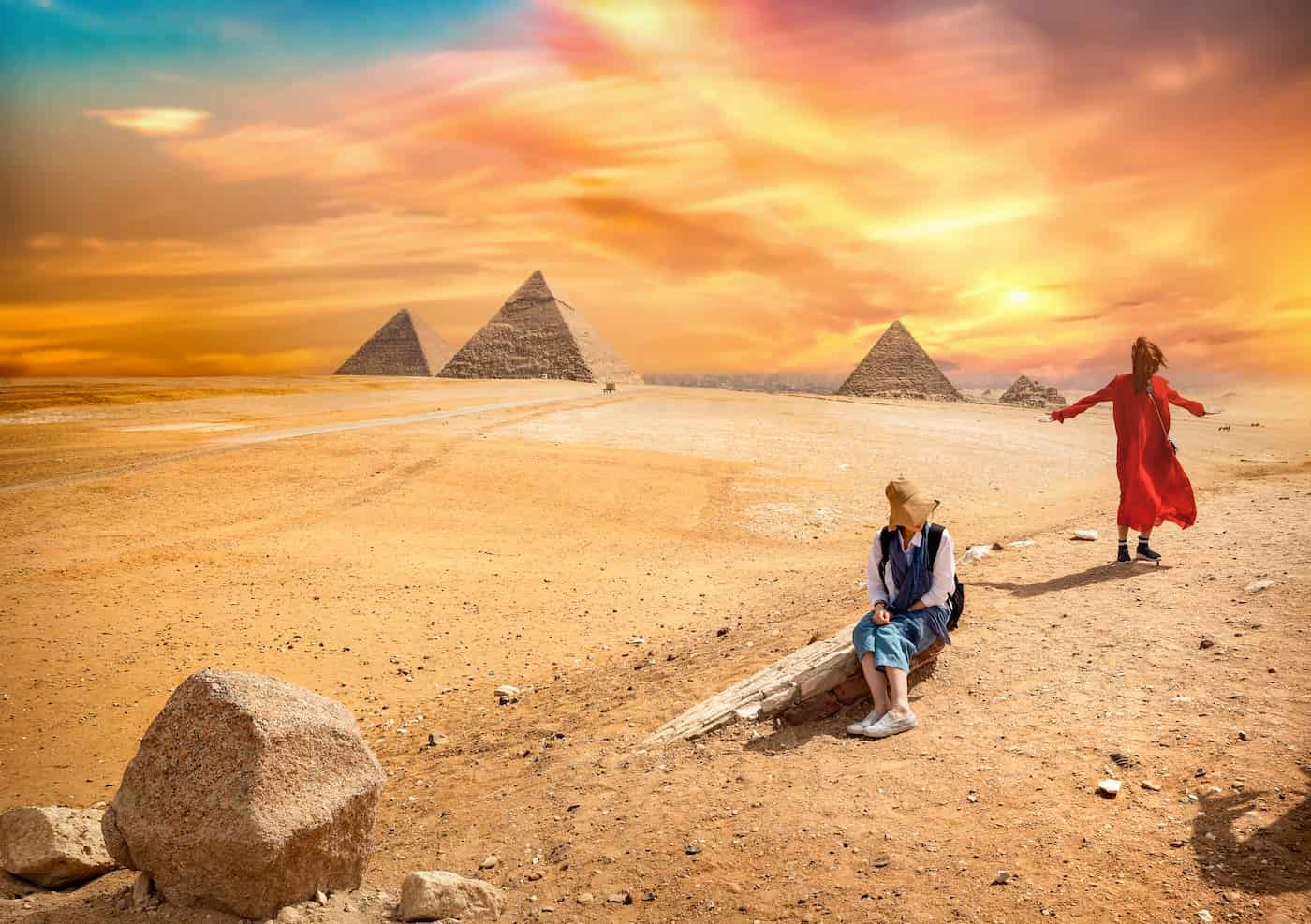Ancient Egyptian City Names – From Antiquity to Today
Ancient Egyptian city names are being developed and regarded as performing one of the foundational roles for one of the civilizational giants. From political capitals turning into sacred temple towns and Nile trade hubs, every city would play its political, religious, and cultural role. These cities were not mere settlements; they lived for several thousand years as centers of power, conviction, and innovation that imprinted upon the fate of Egypt.
Many of these ancient names passed through layers of Greek, Roman, and Arab. Cities like Memphis and Thebes are only names now recollected in dust through scattered ruin and archaeology, whereas Alexandria and Luxor have grown under their new names. Following these cities traces Egypt from historical times up through the present and gives insight into how urban spaces and sacred spaces expressed that extraordinary civilization.
1. List of Capital Cities of Ancient Egypt
-
Memphis (Ineb-Hedj)
Memphis, termed by the Ancient Egyptians as Ineb-Hedj (“The White Walls”), was among the earliest and greatest cities of Egypt. The establishment of the great metropolis is attributed to King Narmer, the unifier of Upper and Lower Egypt. With the union with Lower Egypt, the city became the very first capital. Strategically located at the very height of the Nile Delta, it was both a seat of justice and symbolically a bridging point between Upper and Lower Egypt.
As the chief city of the Old Kingdom, Memphis was a place where the kings did their administration, the place where law was enacted, and culture developed. It was also where the great temple of Ptah, the creator and patron of craftsmen, further cemented its religious importance. Around Memphis stretched a vast necropolis that included Saqqara and Giza, where Egypt’s most famous pyramids and tombs were constructed.
In history, Memphis remained significant while other capitals were established and made prominent, Thebes and Alexandria. Greek historians such as Herodotus have described it as one of the greatest cities of the ancient world.
Having its site near modern Cairo today, remains such as colossal statues of Ramses II and the Alabaster Sphinx testify to its former grandeur. On the whole, it lies in ruins, yet as the birthplace of pharaonic power, its name will forever shine.
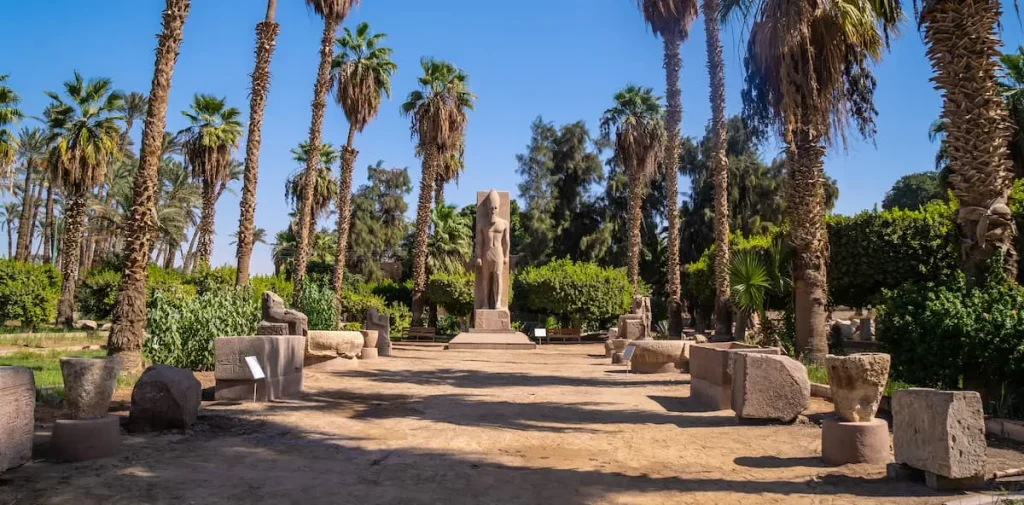
-
Thebes (Waset)
Called Waset in ancient Egyptian, Thebes rose to early capital prominence in the Middle Kingdom, achieving the greatest glory during the New Kingdom (1550-1070 BCE). Having a Nile front on Upper Egypt, Thebes was not only the seat of political power but also one of the greatest religious centers.
The city was most esteemed for its giant temples, among which the Temple of Karnak-Amun and Luxor Temple-Godly Kingship and Renewal stand out. These immense structures are connected by a gigantic roadway lined with the Avenue of Sphinxes imposing parade way for procession during religious festivals.
Thebes was also home to the Valley of the Kings and Valley of the Queens, where pharaohs and kings of the New Kingdom were buried in lavishly decorated tombs designed to ensure that their journey into eternity would be completed.
Thebes’ exterior strength and majesty, wealth, and spirituality all attracted scribes, priests, and artisans. It remained the spiritual heart of Egypt, even when it ceased to exist as a political capital. Today, Thebes survives as modern Luxor, considered “the world’s greatest open-air museum,” with timeless monuments drawing millions of visitors every year.
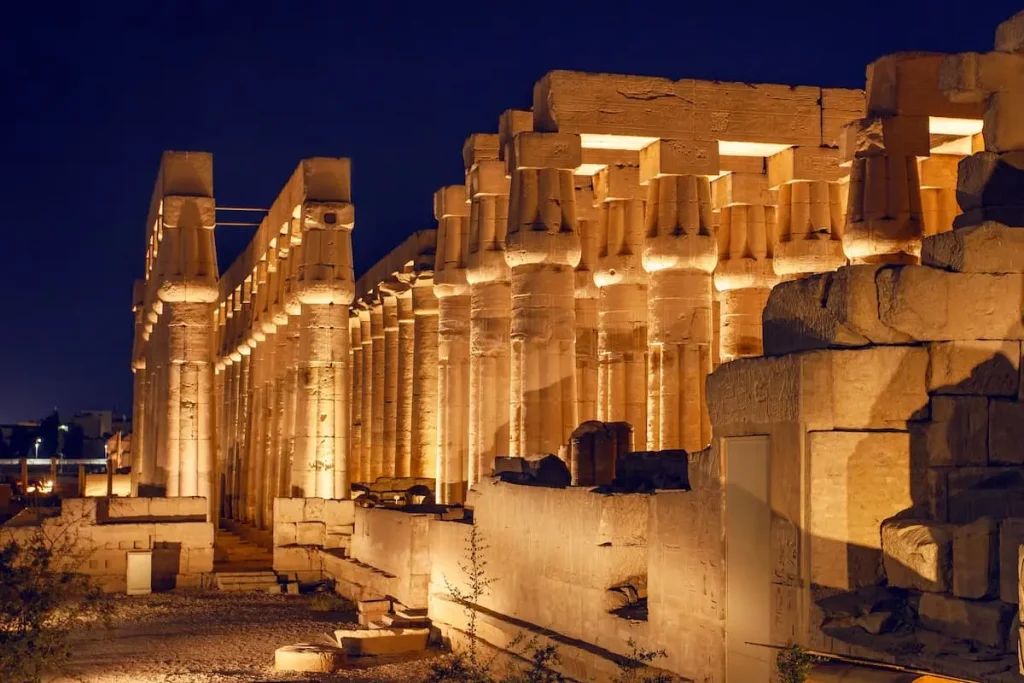
-
Amarna (Akhetaten)
Akhetaten (Horizon of the Aten in English) was the ephemeral capital city of the mid-14th century BCE, founded by Akhenaten. The city was situated high up on the east bank of the Nile between Thebes and Memphis, and hence stood not unlike the lone worship center of the sun disk Aten as accepted by Akhenaten’s most radical religious revolution.
Breaking with the traditions of Egyptian cities, Amarna cities were laid out to allow open spaces and courtyards that were filled with sunlight, representing life-giving power from the rays of Aten. The outline of the city placed the Great Temple of Aten, linking with the Royal Palace as the core, and nearby residential quarters were purposely arranged for elite officials and artisans.
Yet it was never much to bask in its days of glory. After Akhenaten’s death, the worship of Amun and other gods was restored, and, at the same time, the city was deserted. Tutankhamun and his successors, for whom the feeble healing ceremony by which Akhenaten sought to undo the damage of his predecessor never gained full stature, let Akhetaten slip into oblivion.
Today, Tell el-Amarna remains an archaeological feast for excavators. Excavations of the place have laid bare boundary stelae, houses, palaces, along with the famous Amarna Letters-diplomatic tablets that sketch out details of international relations contemporary with Amarna.
For all its ephemerality, Amarna-remembered shall continue representing a unique testimony to one of the most extraordinary experiments in religion and urban planning in Ancient Egypt.
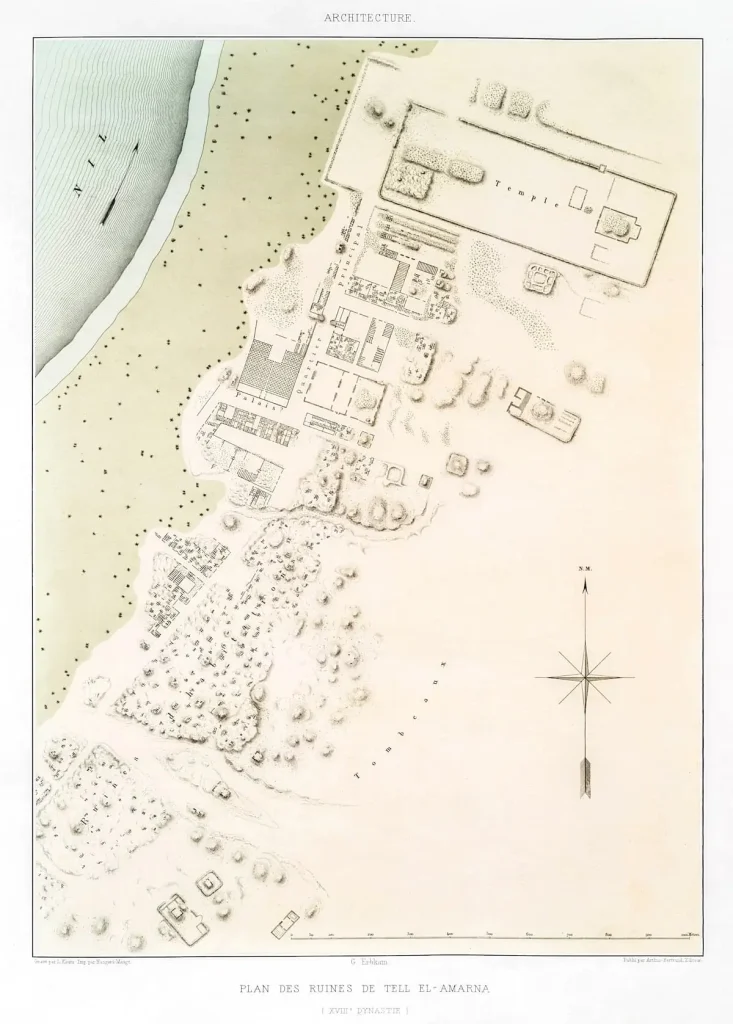
-
Pi-Ramesses (Per-Ramesses)
Founded during the 13th century BCE by the orders of Ramses II, Pi-Ramesses, or “House of Ramses, Great in Victories,” rose to be the prime city of Egypt during the peak of the New Kingdom. In the layout of the land east of the Nile Delta, it had a royal palace, a strong military force, and administrative headquarters against Egypt’s Eastern frontier, spanning the Levant into military campaigns.
The city was known for its grand palaces, huge temples, and colossal statues extolling the reign of Ramses II. It was also where the foremost military garrisons of Egypt, horse stables, and chariots-the lifeblood of the empire-were stationed. It further held the status of a center for foreign diplomacy, in which delegations from all over the Near East were received.
However, its fortunes were closely tied to the shifting courses of the Nile River. Later, branches of the river drifted eastward, thus cutting Pi-Ramesses off from its water source. This resulted in the eventual abandonment of the city, and many of its monuments were transported to Tanis, which was now the northern capital.
Currently, the ruins of Pi-Ramesses are on the way to the modern village of Qantir, where excavation has unmasked palatial remains, stables, and artifacts worthy of association with the annals of the glorious Empire of Ramses II. Much has been lost, but Pi-Ramesses will remain the greatest symbol of Egypt’s once imperium and distinguished legacy of Ramses the Great.
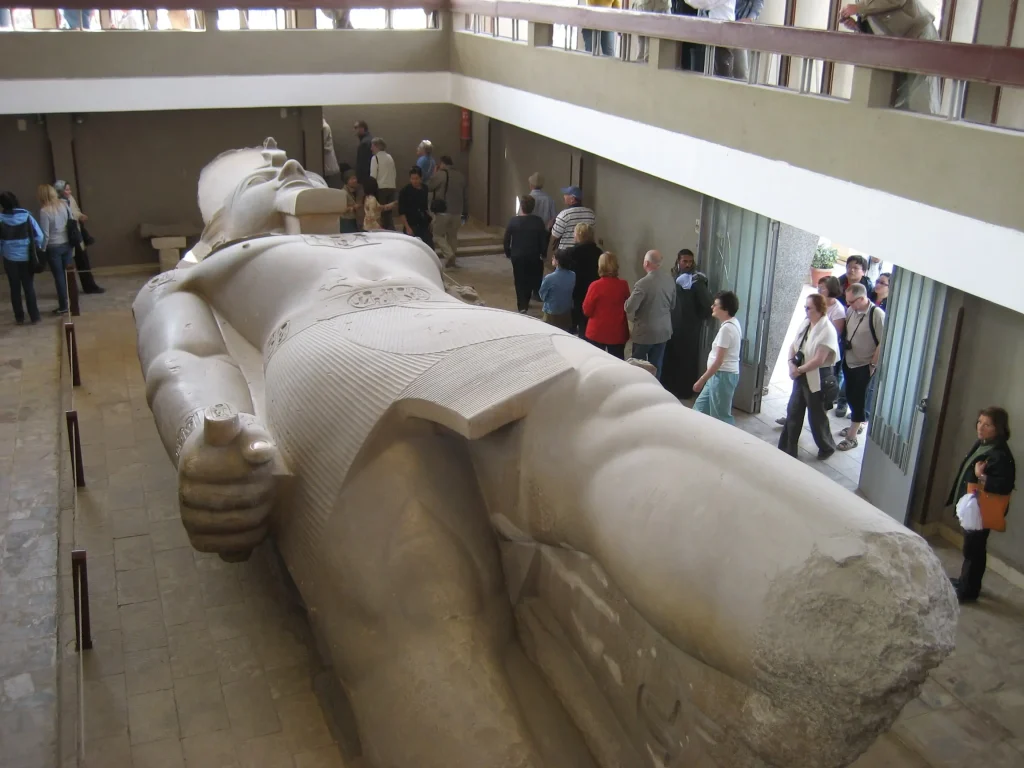
-
Alexandria
Founded in 331 BCE by Alexander the Great, Alexandria promptly became the capital city of Ptolemaic Egypt and was one of the major influential cities in the ancient Mediterranean. Located in the north on the shore of Egypt, Alexandria was a great area of commerce and was associated with culture and the mingling of Egyptian traditions with Greek and Hellenistic ideas.
It housed two Persian wonders of antiquity, the Pharos Lighthouse, which is one of the Seven Wonders of the Ancient World, and the Great Library of Alexandria, a gigantic knowledge repository enriched from all over the world by scholarship. The Ptolemies gave way to the splendid cosmopolitan city of Alexandria with theaters, temples, and palaces.
Unlike other capitals of ancient Egypt that disappeared fully from view, the City of the Western Sunset hardly ever did. It kept its importance through the Roman, Byzantine, and Arab ages, adapting to changes in history. It stands to date as the second-biggest city of Egypt and an active harbor to the Mediterranean, punctuated with monuments, Catacombs, and archaeological sites which speak of its ancient past.
Hence, the Alexandria crowns as a living indicator of Egypt being a bridge between East and West, ancient and modern.
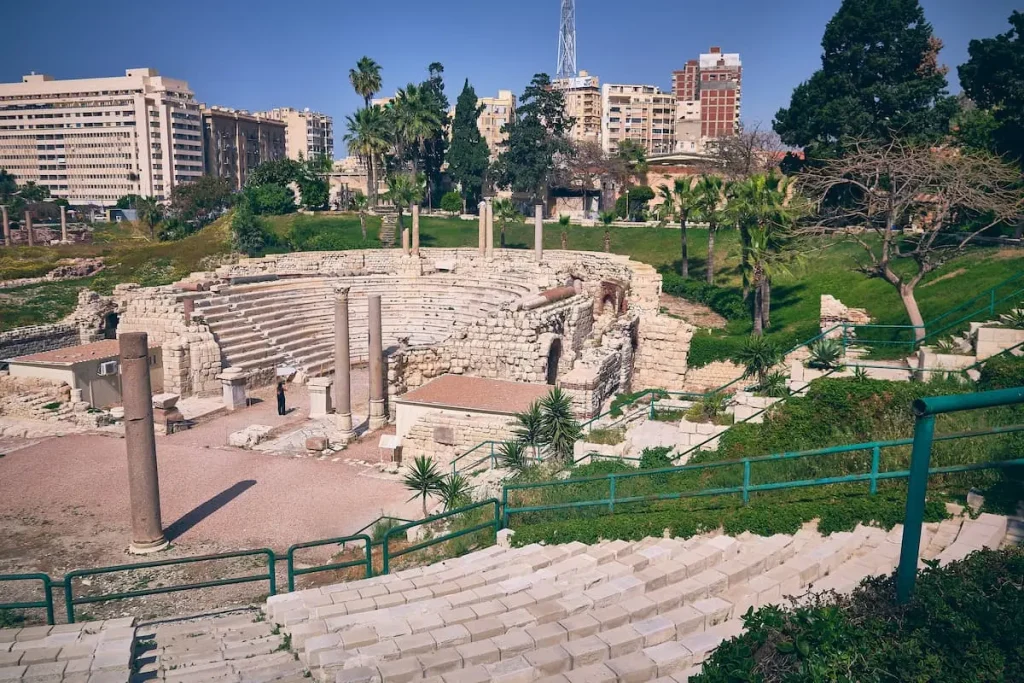
2. Religious and Sacred Cities
-
Heliopolis (Iunu)
Heliopolis is anciently said to have been Iunu, which means “Pillar City”. The city was known to be the very founding of sun cults and hence had great significance in Egypt. It was a center for high-end religious philosophy and thought, where the priests formulated some of the deepest theological ideas about the world, such as the Heliopolitan cosmogony that tells of Atum rising out of the primordial waters to bring the world into being.
Even though Heliopolis was never a political capital, the city maintained an enormous influence on Egyptian religion and kingship. The pharaohs associated themselves with the solar cult of Ra to legitimize their rule, while many royal building projects found their inspiration in Heliopolitan theology. Its grand temples and obelisks, some later transported to Rome and far beyond, formed among the most majestic monuments of the ancient city.
Today, nothing remains from the ancient Egyptian city names but ancient Heliopolis, for over the centuries, the temples of Heliopolis were plundered and used to build other structures. The Italian topographer feels his heart aching on standing in these suburbs of modern Cairo (Ain Shams and Matariya), where the lone Obelisk of Senusret I stands as an eloquent reminder of the glory that once was.
Heliopolis remains the symbolic cradle of solar worship, for millennia shaping Egyptian religion.
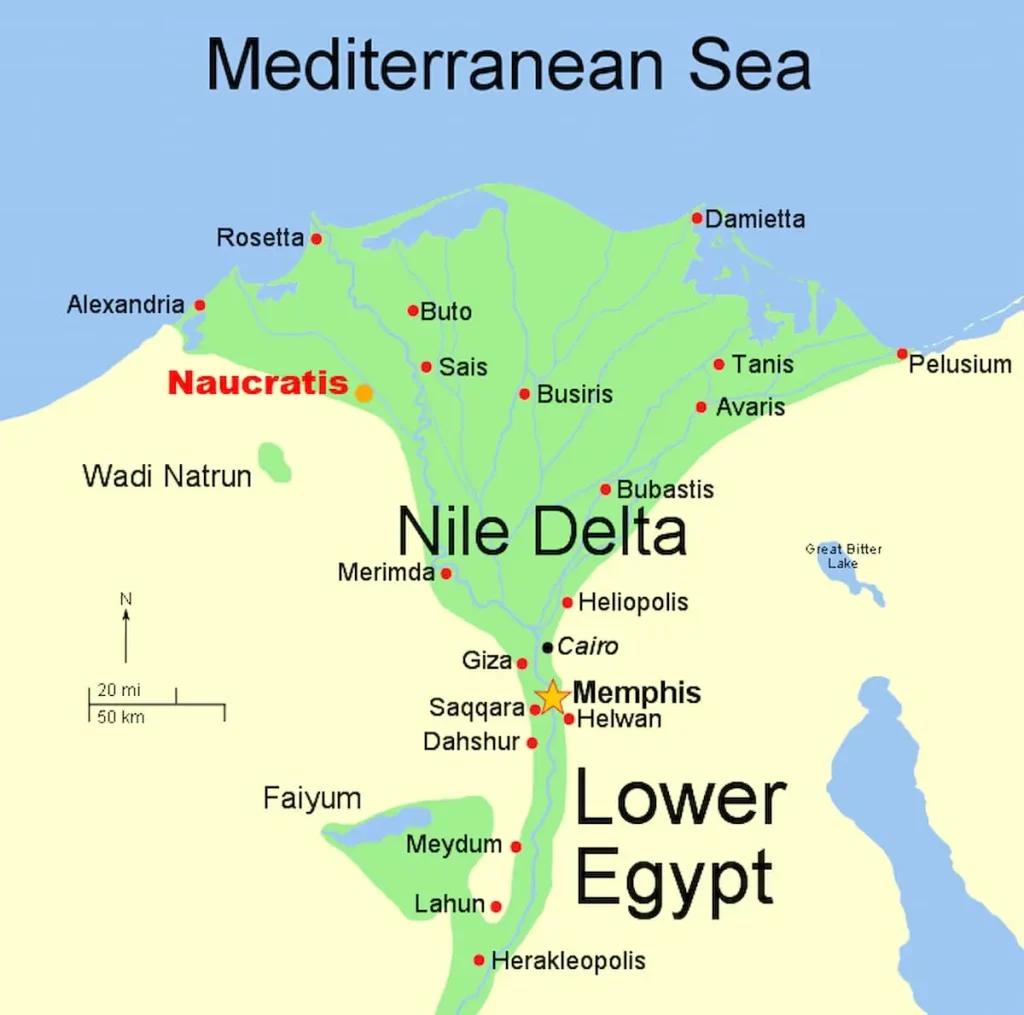
-
Abydos (Abdju)
In days of yore, the place was called Abdju, one of the greatest sacred cities and cult centers thought to have been dedicated to Osiris, the ancient Egyptian god of the afterlife and resurrection. With time, Abydos acquired somewhat of a mighty holiness: Egyptians solemnly considered the act of rebirth worthy enough to be undertaken as a pilgrimage either by Pharaohs or by mere mortals.
Beginning from the Early Dynastic Period in Egypt, Abydos was used as a burial ground. Since most of the early kings of the First Dynasty were buried there, the site became sort of unofficially regarded as a symbolic entryway to eternity. The city did, in due course, acquire still greater eminence in religion through magnificent events connected with the Temple of Seti I and the Abydos King List.
Ever since that time, Egyptians deemed it necessary in their wish for eternal life to go to Abydos and witness the processions and festivals of Osiris. Those who could not join in the celebrations at Abydos could have stelae set up bearing appropriate prayers.
Nowadays, the site of Abydos, along with its temples and tombs, can be found in Upper Egypt near the present town of El-Balyana. Since all the remotest days, Abydos has remained an archaeological zone, as well as a spiritual preserve linked with the Egyptian quest for immortality par excellence.
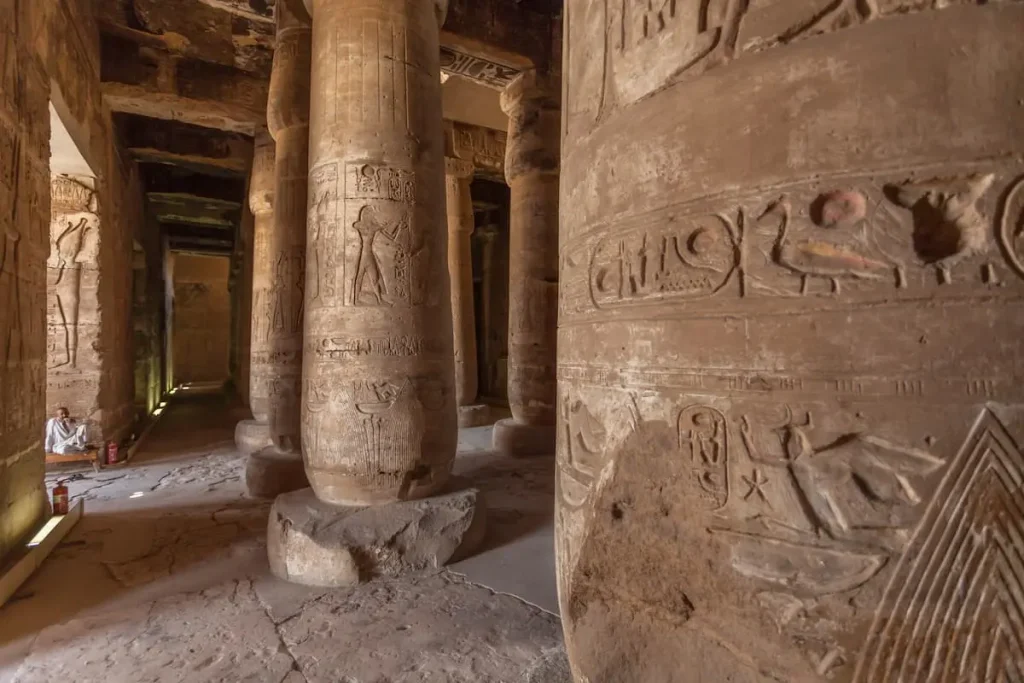
-
Once known as Khemenu, or the City of the Eight, during biblical times, Hermopolis was the chief center of worship of the god Thoth, who had the head of an ibis. The name was given concerning the Ogdoad group of eight primordial deities, which symbolize the chaotic waters from which creation came into being. For this reason, Hermopolis became famous as a city of cosmology and creation myths.
This placed the city between the religious and scholarly traditions and their mechanisms, and it became an important city for learning, philosophy, and theology. Thoth’s priests were accorded status as masters of sacred knowledge; hence, through them, Egyptian thought developed concerning the cosmos, writing, and divine order. Moreover, the city gave rise to the Hermopolitan creation myth, which treated the beginning of the universe and all the forces shaping this creation.
Hermopolis retained its reputation for sagacity and wisdom through Greco-Roman times, with the equation of Thoth with Hermes Trismegistus bringing together Egyptian and Greek shadows. This equation eventually became the bedrock of Hermetic philosophy and went on to become a major stream of esoteric thought.
Today, a few temples are still standing very close to el-Ashmunein, in Middle Egypt, bearing witness to the importance of this place in the spiritual and intellectual life of ancient Egyptian city names.
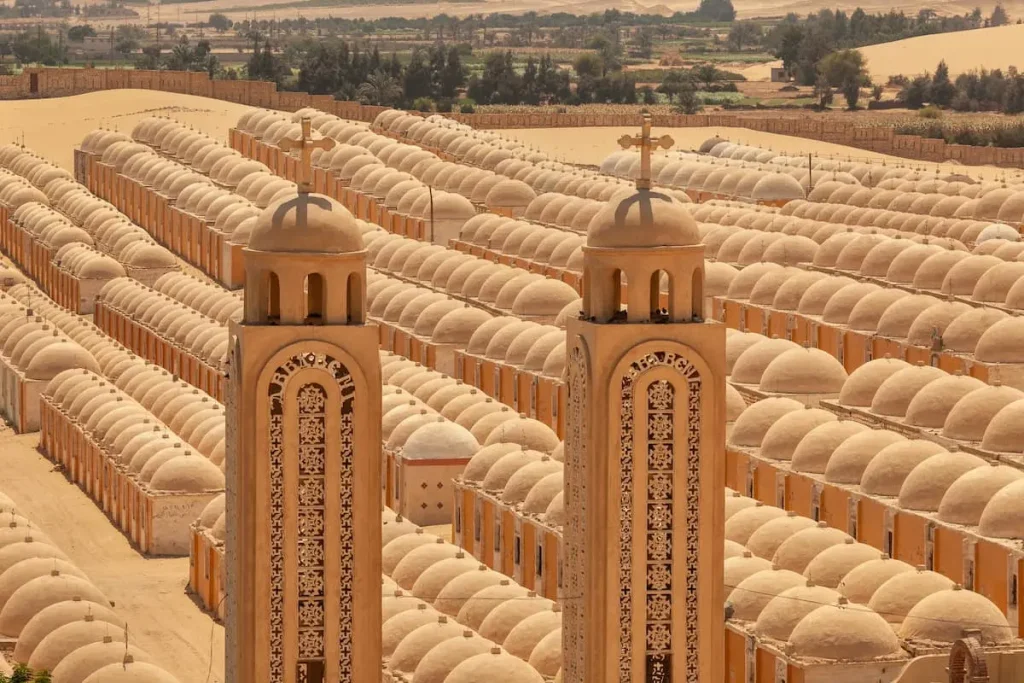
-
Bubastis (Per-Bast)
Bubastis was the chief cult center of Bastet, who was the feline goddess of protection, fertility, joy, and music, enlarged in antiquity as Per-Bast, or House of Bastet. Bastet was morphologically an ambivalent being, early in the dynastic era shaped as a lioness, later as a domestic cat, possessing that archetypal feminine balance of nurturing and protecting.
The city became famous in Egypt for festivals to Bastet. Ancient historians like Herodotus inform us that tens of thousands of pilgrims would have arrived at Bubastis for celebrations involving music, dancing, feasting, and recital by boats from down the Nile. With the fame of Bubastis rising with such festivities, it became one of the most happening centers of religion in Egypt during the Late Period.
Politically, Bubastis was also famous, for it became the capital at the time of the 22nd Dynasty under its Libyan kings, such as Shoshenq I. It capitalized on its dual nature as spiritual capital and as royal domicile.
The present-day Bubastis is embodied by Tell Basta, in the Nile delta, where the ruins of the shrines and relics of Bastet continue to attract archaeologists, and visitors are moved by Egypt’s sacred feline heritage.
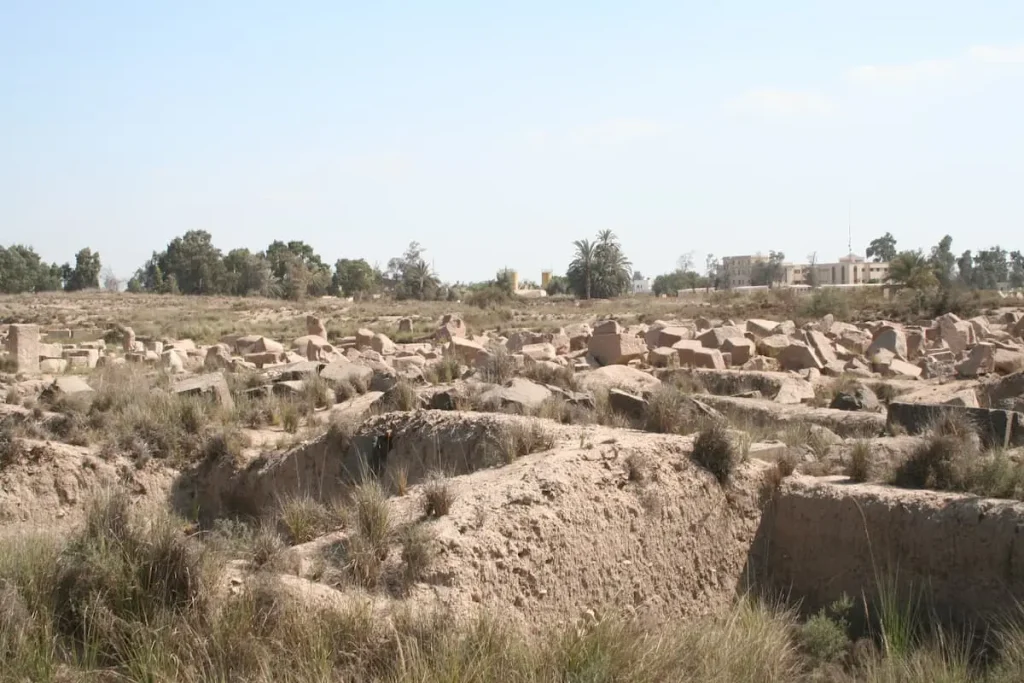
-
Dendera (Iunet)
Dendera is a temple site in Egypt without comparison for beauty. It was once acknowledged as the house of Hathor, the goddess of love, music, joy, fertility, and motherhood. The goddess was also regarded as an agent of healing and rejuvenation, so the temple of Dendera attained fame in dispensing fertility and healing rites, thus drawing thousands of pilgrims from every region of Egypt.
Along with the Temple of Hathor, Dendera is the best-preserved temple complex in Egypt, full of magnificent reliefs, splendid astronomical ceilings, reliefs of pharaohs offering to the goddess, and many more. Especially prominent among these are the reliefs of the famous Dendera Zodiac that represent the Egyptians’ high level of development concerning Ancient Egyptian astronomy and cosmic order.
As a matter of fact, the temple complex remains an open site today, suggesting an intriguing transformation from the political religion of the past to the artistic archaeology of the present. Hence, Dendera hangs in the balance as a witness not only to the continuing influence of Hathor in our days but also to the spiritual life of the ancient Egyptian city names in Ancient Egypt.
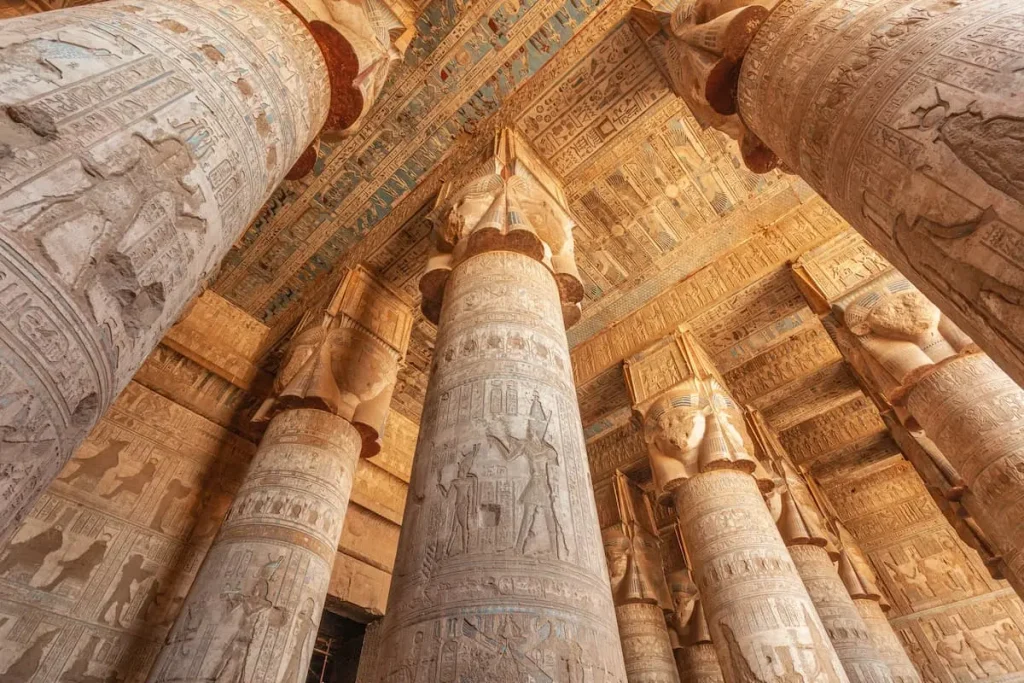
3. Strategic and Trade Cities
-
Elephantine (Abu)
Elephantine was an inlet into Nubia. It was an island in the Nile, near Aswan. As an island occupying the southern borderland of Egypt, it was prominent in a profuse trade and cultural exchange between Egypt and the glories of sub-Saharan Africa.
Elephantine was also dotted with sanctuaries, among which were those for the worship of the ram-headed god Khnum of the Nile waters. The god’s temples and worship, meanwhile, exalted the city’s prestige economically and spiritually.
There was also a military garrison stationed on the island and which commanded the security of the Egyptian frontiers and kept watch over the trade routes. At present, Elephantine is an archaeological treasure revealing the interaction of Egypt with Nubia and farther out.

-
Tanis (Djanet)
Located at the Nile Delta, Tanis, or as known to the Egyptians, Anet, emerged as the capital city during the 21st Dynasty. The northward political shift heralded a new royal and religious center of importance in Tanis, representing Egypt’s attempt at interfacing with a changing world.
In addition, Tanis achieved an everlasting name in history through the discovery of perfectly intact royal tombs and loot-free in the annals of Egyptian archaeology since virtually all other ancient burials had long been plundered in antiquity. The findings, sometimes called “the jewels of Tutankhamun,” have signified a treasure trove for historians, shedding light on the Third Intermediate Period’s affluence and artistic expression.
Today, almost entirely in ruins, Tanis presents a case of valiant archaeological immersion from Egypt’s grand history to the present explorations.
-
Heracleion (Thonis)
In the days of the past, Heracleion Underwater Ruins, Thonis was a fishing town. It became dried, stranding Egypt on the floodplains while Heracleion was laid down in ancient times as a port and a nexus between Egypt and the greater Mediterranean for trade, becoming a center for commerce, religion, and culture.
Mother Nature started playing havoc, joined on by gradual land subsidence, and the city sank under the waters and vanished from memory for many centuries. Into the early 2000s, fearless underwater gliders brought to the surface statues, temples, and shipwrecks all speaking of the glory the city once had.
The city continues to be a shining example of the lost cities of Egypt, offering geographers and explorers a rare insight into life on the very verge of the ancient Nile Delta.
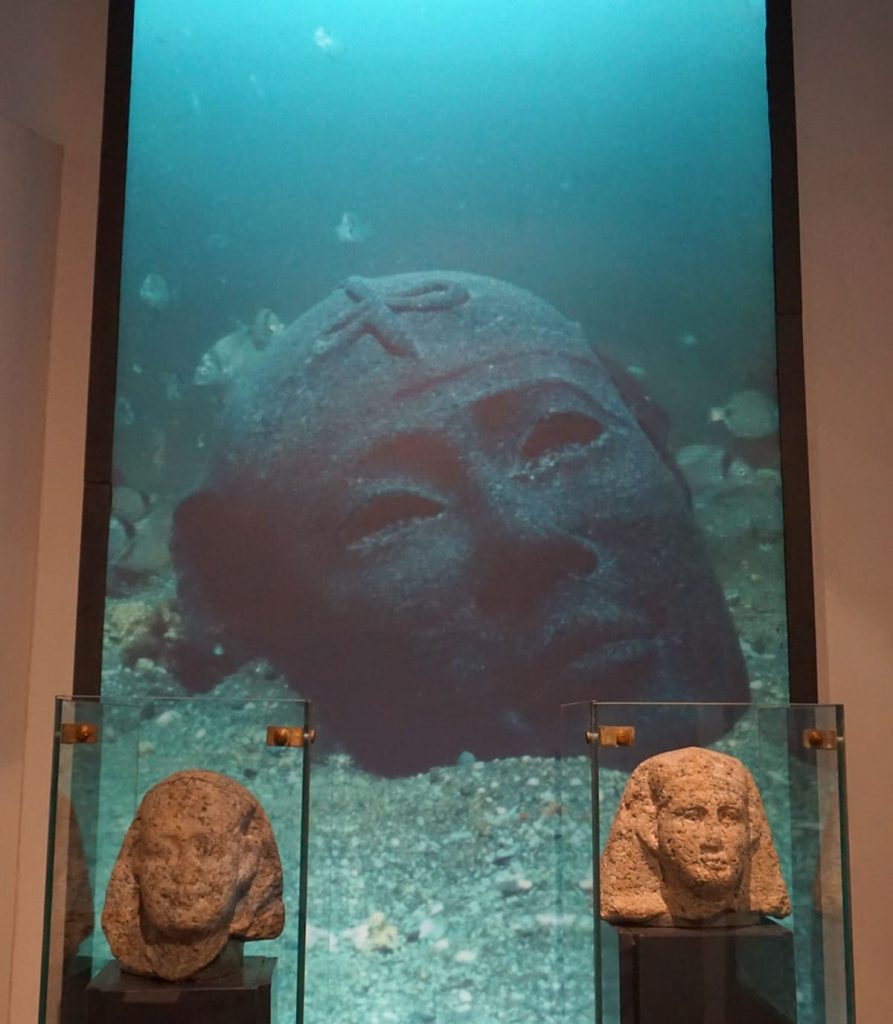
-
Canopus
Canopus, during the Greco-Roman period, was most certainly one of the best-known cities along the Mediterranean coast of Egypt. Famous as a sanctuary with healing temples of Serapis and an ancient Egyptian city named Osiris, the city witnessed hordes of pilgrims seeking healing transformations and spiritual renewal. Over the years, Canopus gained eminence as a city of culture and pleasure, famous for its pavilion, scholarship, and symbiotic relations with nearby Alexandria. Some parts of Canopus, like Heracleion, were ultimately swallowed by the sea, but it continued to live in Greek and Roman literature forever. Now the Canopus ruins provide newer information about the mingling of Egyptian and Greek cultures during the Hellenistic period and thus mark it as a healing and historical site.
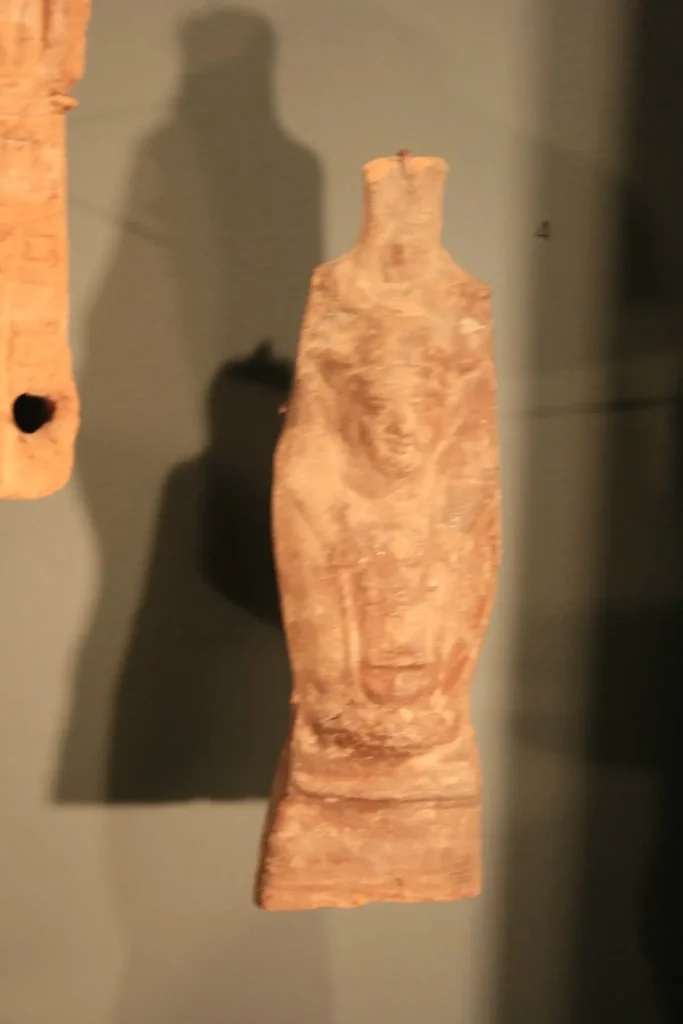
-
Naucratis
Unlike the majority of Egyptian cities that were of purely native provenance, Naukratis was laid down as a Greek commercial colony in the Nile Delta. It was the first city-settlement by Greeks in Egypt, and hence, blossomed into a rich cultural center of interaction, where both cultures met in trade. Much in the course of history, it grew into an international city where merchants, artisans, and scholars of both cultures mingled. Greek art, language, and thought were spread through the city, and from there, Egyptian products and culture were scattered around the entire Mediterranean basin. The city, having witnessed its sunset due to the great ascendance of Alexandria, retains itself as a symbol of intercultural mixture in far antiquity, showcasing Egypt as one of the links between Africa, the Near East, and Greece.
4. Monumental Cities and Necropoleis
-
Giza City
Since it was built for Memphis, the other ancient Egyptian city, names ancient capital, Giza, serves as a majestic necropolis and eternal resting place for the kings of Egypt. It imprinted itself into the memory of the masses as the location of such wonders as the Great Pyramids of Khufu, Khafre, and Menkaure, and the Great Sphinx, now known as some of the oldest towering symbols of Ancient Egypt.
Under the vast landscape of the necropolis, the kingship, eternity, and cosmic order converged to support kings in showcasing their power, wealth, and religious allegiance. These huge pyramids would, in full glory, represent Old Kingdom power, technical and administrative excellence that had been able to gather thousands of people into one truly spiritually meaningful and patriotic endeavor.
At present-day, the Giza necropolis serves as a world symbol for all that is ancient Egyptian city names and monumental in human endeavor, with millions from around the world who remain spellbound by its architectural beauty, present culture, and the aura of mystery that surrounds it.

-
Saqqara City
It is located just near Memphis on a huge desert plateau and has held one of the more prestigious burial grounds of ancient Egyptian civilization throughout the ages. Its major attraction is said to be the Step Pyramid of Djoser, constructed in the far-off days of the Third Dynasty by that great architect Imhotep. This, therefore, stands as the first known large-scale stone structure in the whole world and the blueprint that was followed in placing the Giza Pyramids.
Besides the Pyramid of Djoser, Saqqara had served for thousands of years as a burial ground for the royal elite and upper officials of many dynasties. There are mastabas, pyramids, and tombs heavily decorated with frescoes whose value grows substantially for the insight they can give into Egyptian art, religion, and way of life.
Even today, it continues to awe excavators with the discovery of tombs, statues, and mummies, hence reaffirming its status as a living repository of Ancient Egyptian culture and a link of paramount importance in the history of Egyptian funerary architecture.
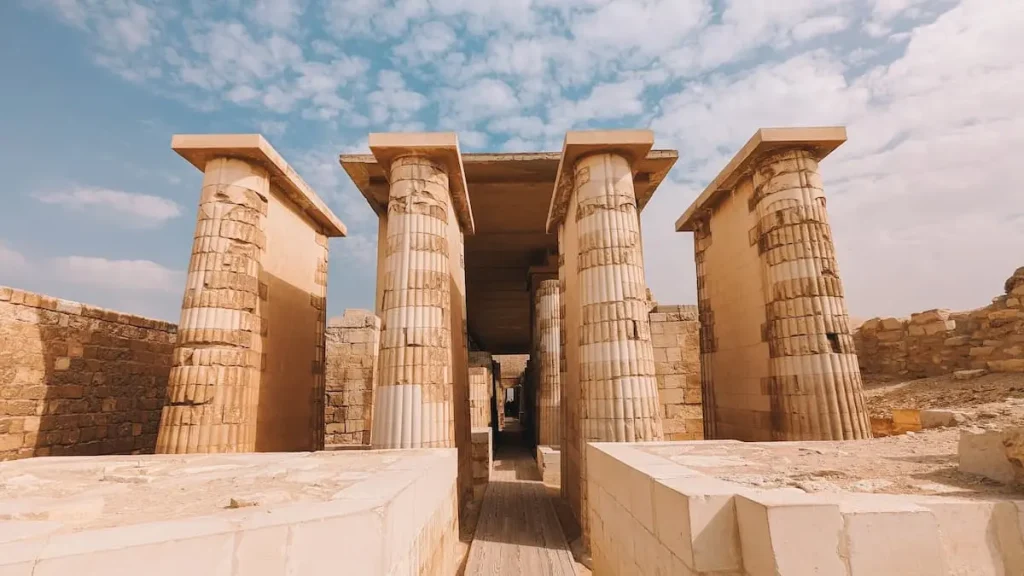
-
Edfu (Behdet)
Tall Edfu stood as an icon of fashion for the past few centuries among numerous Ptolemaic-Egyptian edifices, standing out amongst the best architectural media. Wonderful beyond doubt is Edfu Temple of Horus; it has been termed Iran’s best-kept secret. Being Ptolemaic, the construction of the temple was based on both Egyptian traditional religious construction and Greek influence. So, in itself, it is a time portal going back to the Pharaonic period of Egypt and forth to its Hellenistic period.
Cast on the temple lands are many festivals and mythological plays enacted, amongst them the contest properly called the great sacred contest between Horus and Seth. Accordingly, nearly all walls are covered with inscriptions, hymns, and hieroglyphics that give, in scholars’ opinion, a full account of the religious rites and myths and the practical working of temple ceremonies themselves.
Today, Edfu is the adornment of Upper Egypt; it is rare to find a situation where it is possible to trace the glory of living temple life through antiquity to the cultural amalgamation of Egypt through the very long conveyor belt of time.
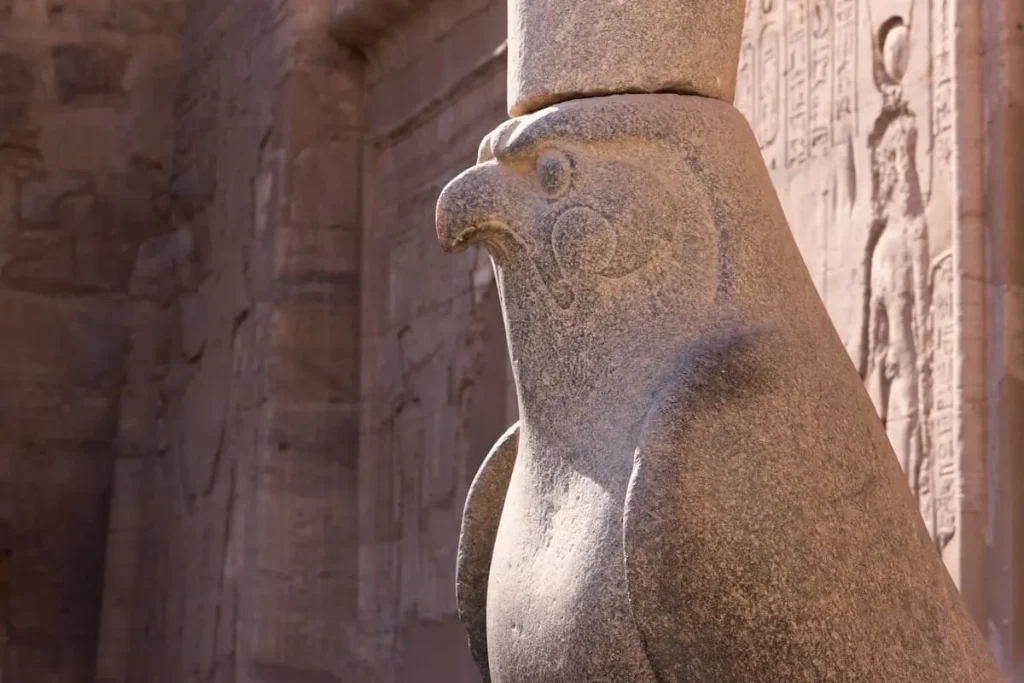
-
Kom Ombo (Nubt)
Instigating uncommon religious significance was an ancient Kom Ombo settlement straddling and sitting near the meander of the Nile in Upper Egypt. The city is mainly known for a double temple erected for two great gods: one side was dedicated to Sobek, the crocodile god of fertility and the Nile, and the other to Horus the Elder, the falcon god who had associations with protection and kingship. This unusual situation gave the Kom Ombo temple a rare distinction of joining gods in worship, hence marking a focal point for the dualistic nature of Egyptian religious ways.
The temple, situated in a land of reliefs, inscriptions, and cartoons of sacred cows, was decorated with drawings of surgical instruments on its walls. Nearby was the crocodile museum; the mummified remains of crocodiles remind us of the almost sacred bond these ancient Egyptian city names formed with the Nile.
Hence, it was dual by nature, a giving sanctuary and at the same time a strategic staging ground for trade and military errands-that weighed so heavily on Egyptian history. Today, it acts as a strong tourism magnet and place of study, alluding to a shared religious pluralism and coexistence that these Egyptians had in practice.
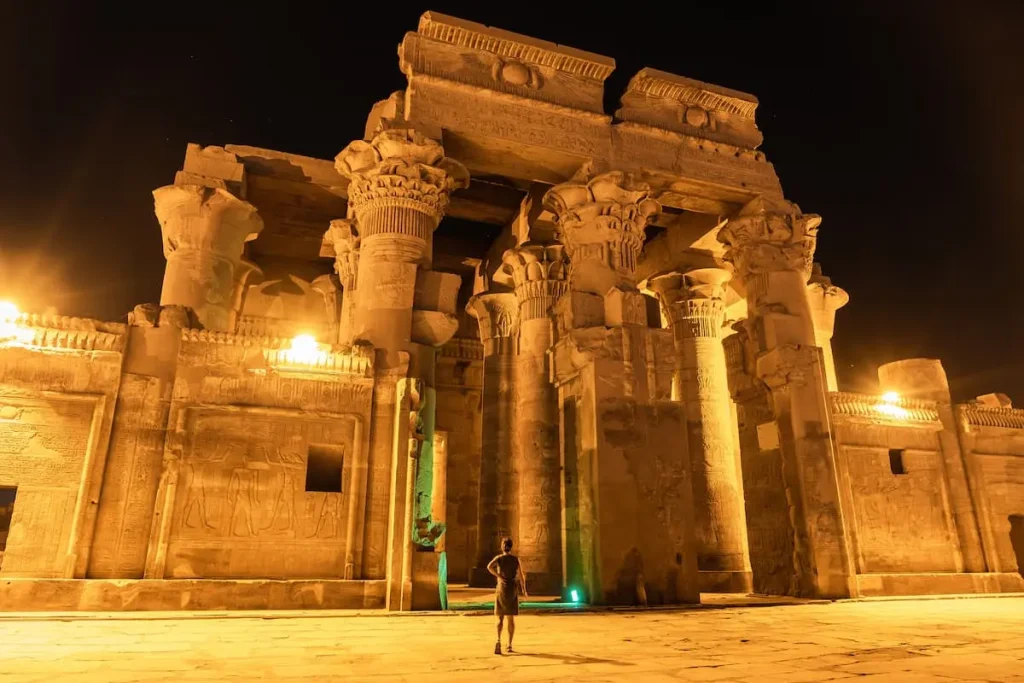
-
Esna (Latopolis)
On the west shore of the Nile, on an ancient map, Latopolis was known as a religious and economic center in Upper Egypt. Largely famous for the Temple of Khnum, the ram-headed creator god of the inundation of the Nile and of human life on the potter’s wheel: the temple construction began during the Ptolemaic period and ended in the Roman period. The well-preserved hypostyle hall, resplendent with 24 gigantic columns each sculpted with lotus and palm capitals, is truly the main attraction.
Besides Khnum, Neith, Heka, Satet, and Menhit were other gods to whom the temple was dedicated, suggesting a very diverse form of worship peculiar to the locality. Esna used to be a great center of trade; the linen-weaving market and the workshops remained flourishing till well into the Roman period because it was on the trade routes linking Upper Egypt with Nubia.
Today, Esna is a popular stop on Nile cruises from which visitors get a feel of the religiosity and economic dynamism that were the forte of many Egyptian cities.
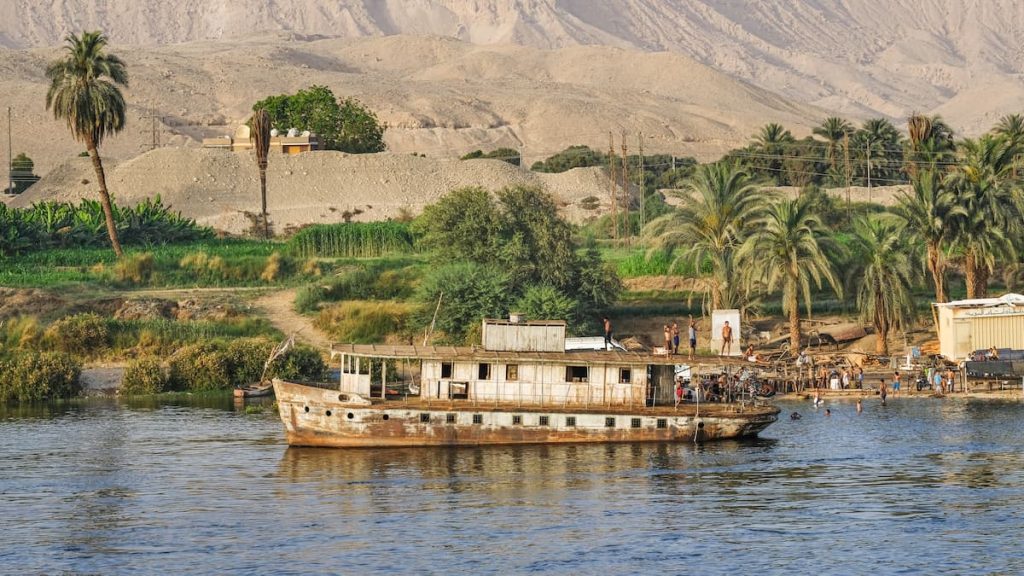
5. Legacy of Ancient Egyptian Cities
The legacy of ancient Egyptian cities lives through the ruins and names that have remained in the geographical lexicon. Many such names have transformed, not necessarily through time, but after they underwent alterations, bearing discernible remnants of their very origin from time immemorial, thus forming a direct link from antiquity to present-day Egypt. Waset became Luxor, Ineb-Hedj became Memphis near Cairo, and Iunu remains in existence as Heliopolis on the outskirts of Cairo.
This continuity is a mix of Egyptian, Greek, and Arabic cultures as the latter-day civilizations imposed themselves on these urban landscapes. While Greek rulers gave their charter to renaming of cities, such as Thonis into Heracleion or Iunet into Dendera, Arabic adaptations gave names with which we are now familiar.
Other than the linguistic heritage of these cities, they are of great archaeological and cultural significance. They attract millions of visitors annually who come to admire the monuments of interest: the pyramids of Giza, the temples of Thebes, the immortal memory of Heracleion drowned under the sea, and hence ancient cities still hold a very special meaning in Egyptian life—they are living terracotta tiles that bridge times past and the present, history and tourism, myth and memory.
Conclusion
Ancient Egyptian city names. Being classical names of places aside, Egyptian cities were living for a civilization; these, in other words, formed the core of religion, politics, culture, and power. Each city was different and ironically intertwined with the gods, pharaohs, and dynasties that fashioned Egypt’s destiny.
To this end, city names were not merely geographical markers, but they also narrated a historical account where the gods, rulers, and empires dwelled. Memphis and Thebes, with Alexandria in between them, pay homage to the spiritual authority, technical skill, and earthly glory of the ancients.
That permanent endearment and glory for Egypt are still inculcated today through these cities that have drawn scholars, adventurers, and dreamers from every corner of the world. Whether in admiring the Pyramids of Giza, visiting Luxor Temples, or swimming through the sunken ruins of Heracleion, this civilization spirit should keep casting its magic and awe for the next 3,000 years.

